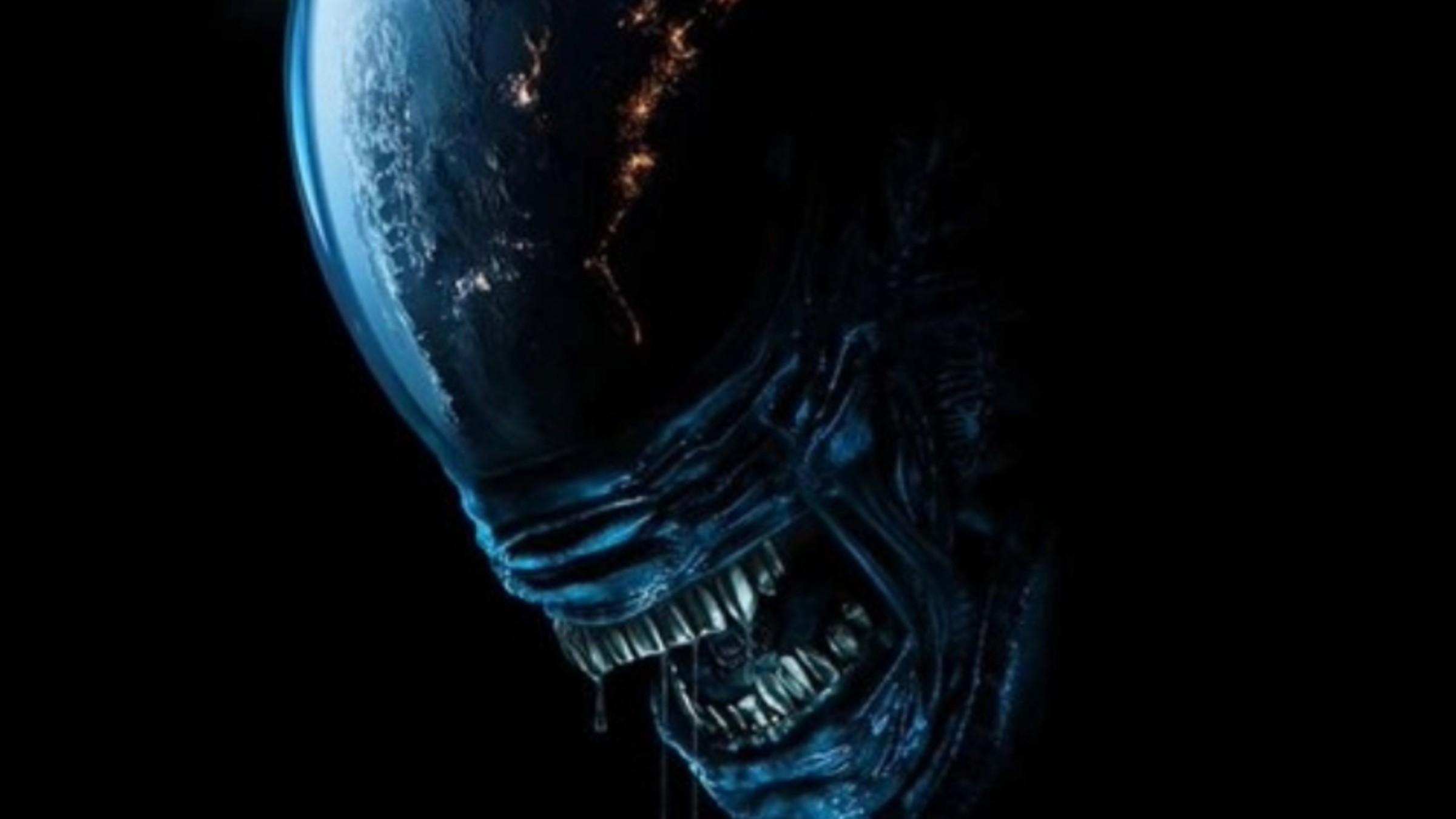
Space offers no ear for you to voice concerns about how complicated the Alien series narrative actually is. Spanning multiple movies, side stories, books, and video games, it’s filled with content that isn’t always consistent, much like Star Wars. As a result, it can become quite intricate. Unfortunately, fans who anticipated that Noah Hawley’s Alien: Earth might offer clarification on some of the franchise’s most pressing questions will be disappointed. Instead, this new series has merely added to the confusion in the Alien timeline and introduced additional twists within its continuity.
The issues I’m referring to are primarily due to the way things were introduced in the first two episodes of “Alien: Earth”. There might be more clarity as the series progresses. However, for now, these are five inconsistencies that “Alien: Earth” has introduced within the existing Alien universe.
1) Weyland-Yutani Knows About Xenomorphs Before the Events of Alien
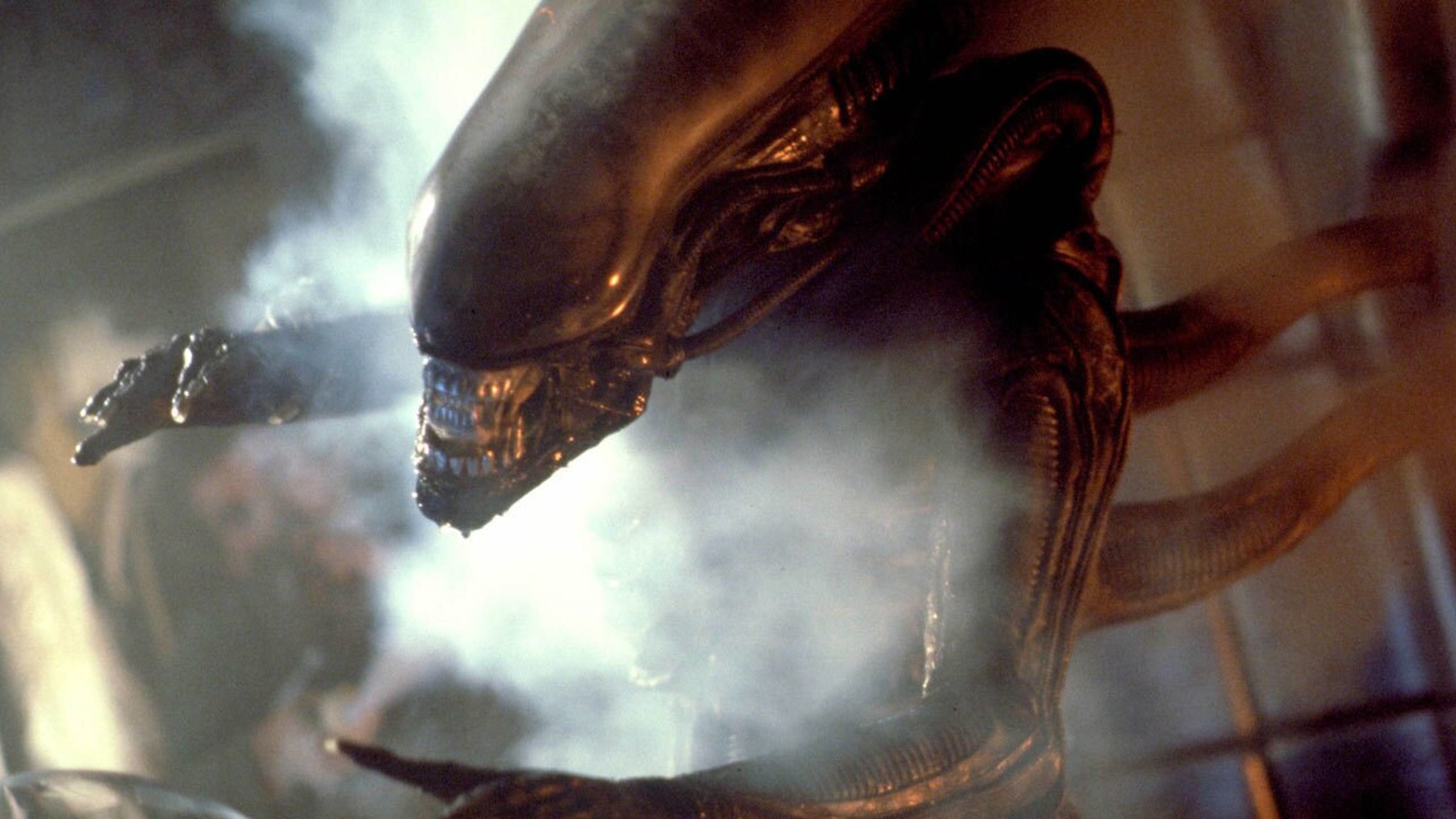
The sci-fi series titled “Alien: Earth” initiates with a Weyland-Yutani spaceship experiencing a crash on Earth, carrying lethal creatures within. Among these beasts is a facehugger, which is an initial stage of the xenomorph life cycle. Although it’s not explicitly stated that this xenomorph was born during the voyage, it raises the question of whether Weyland-Yutani had knowledge about facehuggers and xenomorphs long before the storyline of “Alien”.
A common query among Alien fans revolves around the extent of Weyland-Yutani Corporation’s knowledge about xenomorphs prior to dispatching the Nostromo to LV-426. The movie only reveals that the Nostromo, originally bound for Earth, was redirected to examine a “distress signal” emanating from the supposedly uninhabited planet, LV-426. This action was mandated by a corporate policy requiring all company ships to investigate any scenario involving potential extraterrestrial life, or risk losing their crew’s earnings.
Following the unveiling of the xenomorph, it’s later disclosed by Ash, Nostromo’s synthetic science officer, that he alone possesses a secret directive – Special Order 937. This order mandates that Weyland-Yutani prioritizes the capture and preservation of this alien species above all else, deeming the Nostromo’s crew as disposable. Despite this knowledge, it’s only clear that Weyland-Yutani is aware of the existence of an alien life form on LV-426.
If it’s true that the company was aware of the presence of facehuggers on LV-426, one might wonder why they didn’t send a team of Space Marines to capture one instead of a group of ordinary space workers. Additionally, the 2014 video game Alien: Isolation, widely accepted as canonical, depicts the moment when Weyland-Yutani discovers the fate of the Nostromo crew. This revelation would likely be something they wouldn’t want to discover if they already suspected that a xenomorph had probably wiped out the crew.
Covenant” provide additional insights into the Alien series, specifically revealing that Weyland-Yutani Corporation has knowledge about the Engineers – the creators of the black substance David uses to create xenomorphs. A short film called “Alien: Covenant – Advent” also hints at the origin of this black goo. However, according to the storyline, it’s only in the movie “Alien: Earth” that we see evidence suggesting Weyland-Yutani Corporation knew about the xenomorphs themselves before then.
Maybe it’s implied that Weyland-Yutani operates multiple secret divisions, unaware of each other’s activities. Until further information is revealed, the company’s awareness of xenomorphs during the time of “Alien: Earth” casts doubt on many established events within the series.
2) If Weyland-Yutani Already Knows Where To Acquire Facehugger Eggs, Why Do So Many Movies Revolve Around the Company Trying To Figure Out How To Get One?

The main issue here isn’t just that Weyland-Yutani knew about xenomorphs before the events of Alien, but also that they seem to know how to acquire them. Granted, we don’t know how the crashed ship obtained these dangerous creatures, but since it carries multiple facehuggers, it suggests there may be more of them available.
It seems strange that by the time of Alien, Weyland-Yutani is so desperate for xenomorphs that they’re prepared to risk an entire crew and a ship valued at potentially billions, all in the hope of capturing just one. Given that they allegedly know where to find top-quality facehuggers, why in Aliens are they willing to jeopardize an entire colony, a marine unit, and more billions of dollars’ worth of equipment for the same purpose?
If any individuals who are aware of the Weyland-Yutani mission targeting hazardous species haven’t perished by the time Alien: Earth concludes, it leaves some significant plot inconsistencies within the franchise. For instance, if someone at the company has discovered a method to obtain facehuggers other than relying on their employees encountering them accidentally raises questions about the storyline’s continuity. Now, let’s shift our focus towards otherworldly threats posed by dangerous extraterrestrial organisms…
3) Weyland-Yutani Is Obsessed With Xenomorphs Despite Having Access to at Least Four Other Deadly Species
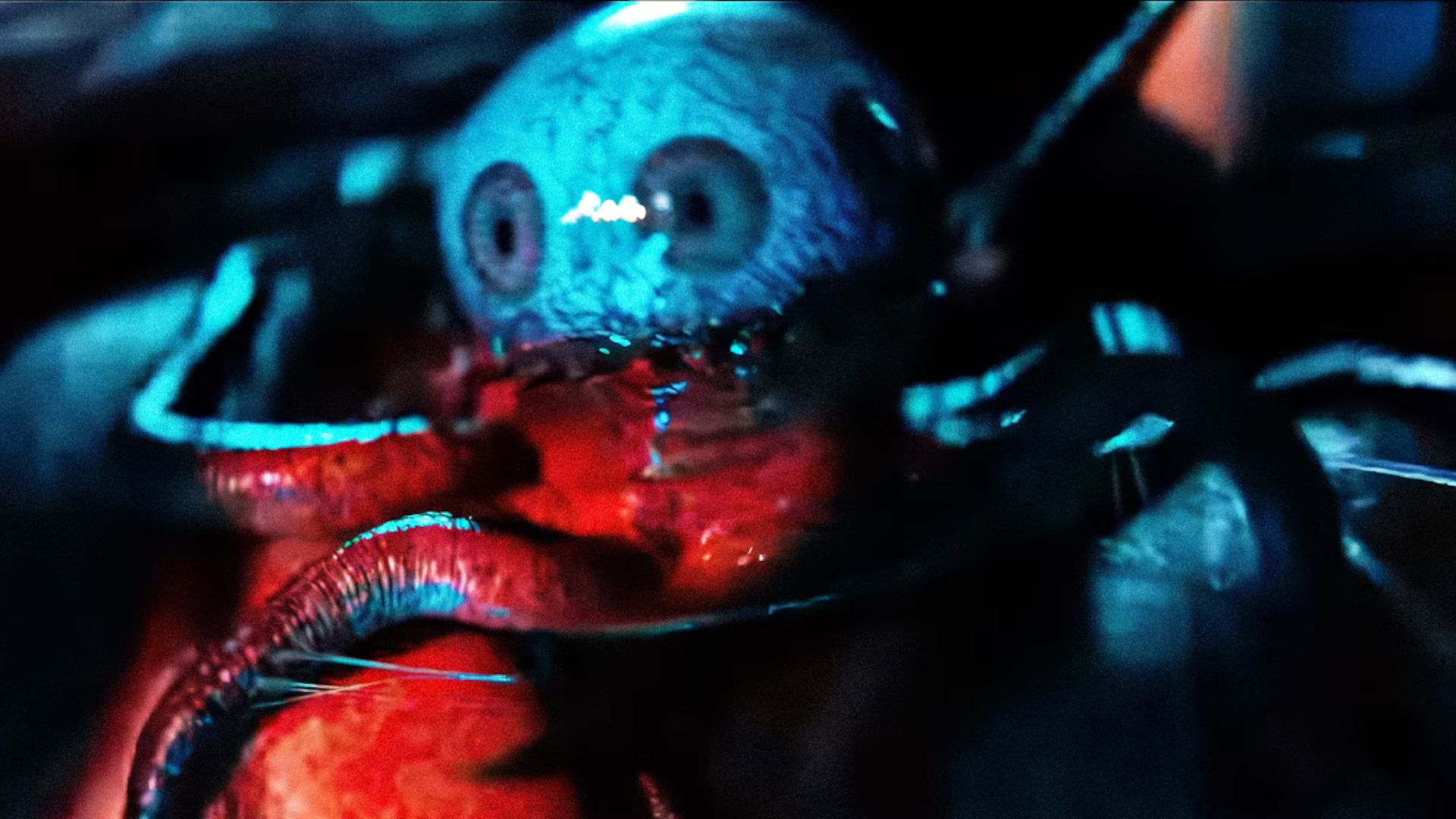
In the show Alien: Earth, four fresh alien species make their debut, including an octopus with large eyes, a pair of bloodsucking insects, a carnivorous plant, and a fleeting winged monster. Based on the initial two episodes, these new creatures seem equally lethal to the iconic xenomorph, particularly in individual combats. However, even though a typical xenomorph excels at mass destruction, what does it matter?
While it might seem flippant, I’m genuinely curious about this. In various alien narratives, Weyland-Yutani is depicted as seeking a xenomorph for their Bioweapons Division, suggesting they plan to use it to create new weapons or soldiers, rather than training it to fight alongside them directly. Given that they could potentially learn from dissecting and reverse engineering the xenomorph, one might wonder if similar, equally effective advancements couldn’t be made by studying another species instead.
While a Xenomorph, being the ultimate predator, is undeniably efficient at what it does, wouldn’t an entity that’s 80% as lethal yet simpler to manage and recover be a more practical and cost-effective choice?
4) Alien: Earth Introduces Two New Types of Artificial Lifeforms, but We Only See Synths Throughout the Rest of the Alien Series
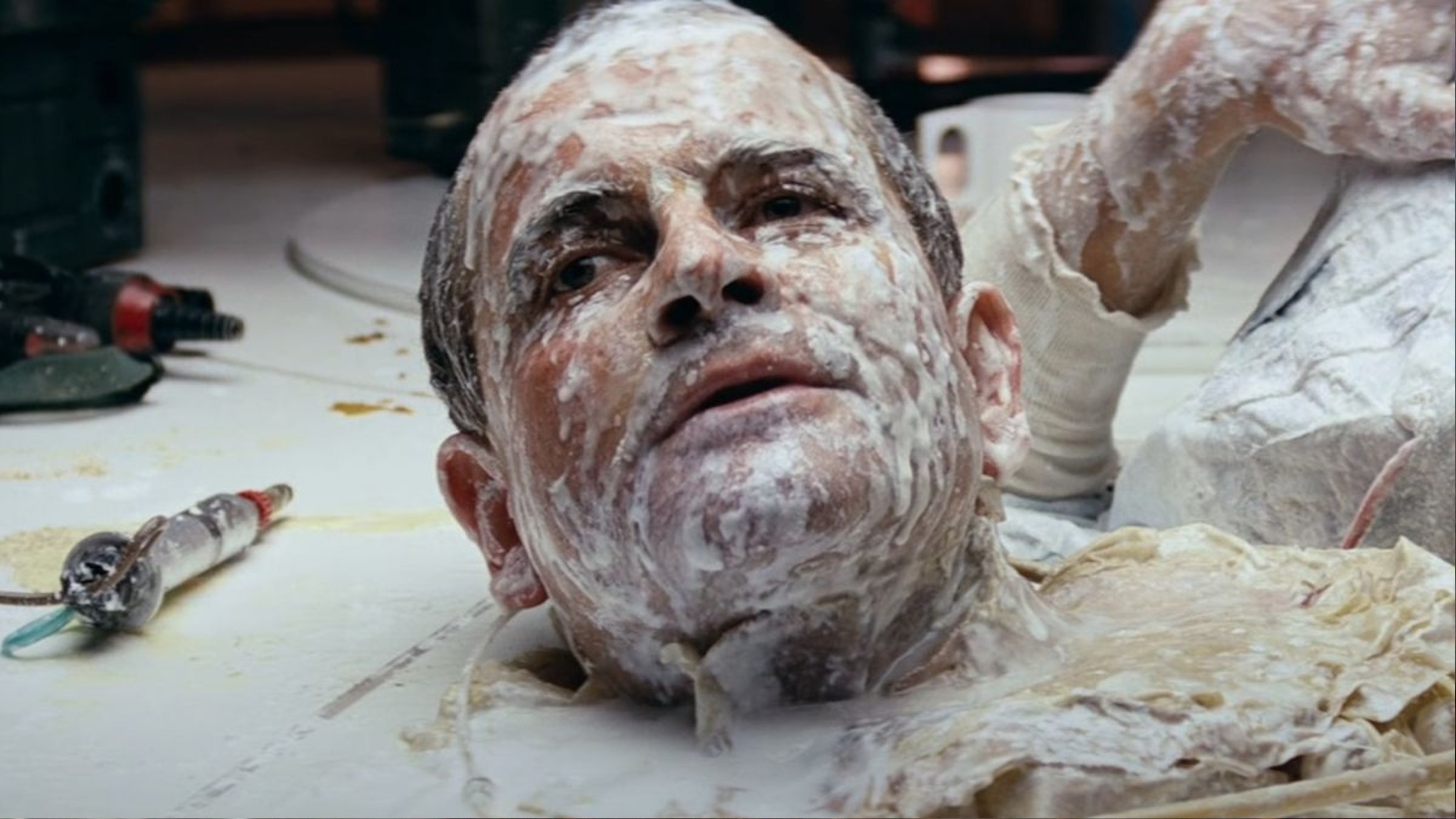
In the future, the pursuit of immortality will present itself in three forms: enhanced humans through cybernetic means (Cyborgs), beings powered by artificial intelligence (Synths), and entities with human consciousness downloaded into them (Hybrids). Interestingly, in the Alien series, we’ve only encountered Synths up until now – a type of android unique to the Alien universe. This leaves us wondering about the fate of Cyborgs and Hybrids within this universe.
In the series, the primary character Wendy, a Hybrid, frequently disobeys commands and prefers her own methods. This could suggest that Prodigy, the corporation from Alien: Earth, might prefer to discontinue Hybrids in favor of Synths that are easier to manage. However, it’s intriguing to think about how various situations within the Alien franchise might have been resolved more effectively if Cyborgs, with their cybernetic enhancements, were involved instead.
Similar to numerous other items on the listing, these newly introduced artificial beings underscore a common predicament in prequels: the attempt to incorporate fresh components into a well-known universe, all the while finding a plausible explanation for their previous absence from the viewer’s experience.
It’s speculated that Noah Hawley might choose an unoriginal approach by claiming that Hybrids and Cyborgs have always been part of the Alien franchise, but we prefer to believe such a straightforward explanation would not align with the creator of Fargo’s style. Let’s hope that Alien: Earth provides a convincing explanation for why Hybrids and cyborgs seemingly disappeared after the series.
5) Alien: Earth‘s Xenomorph Runs Around on All Fours
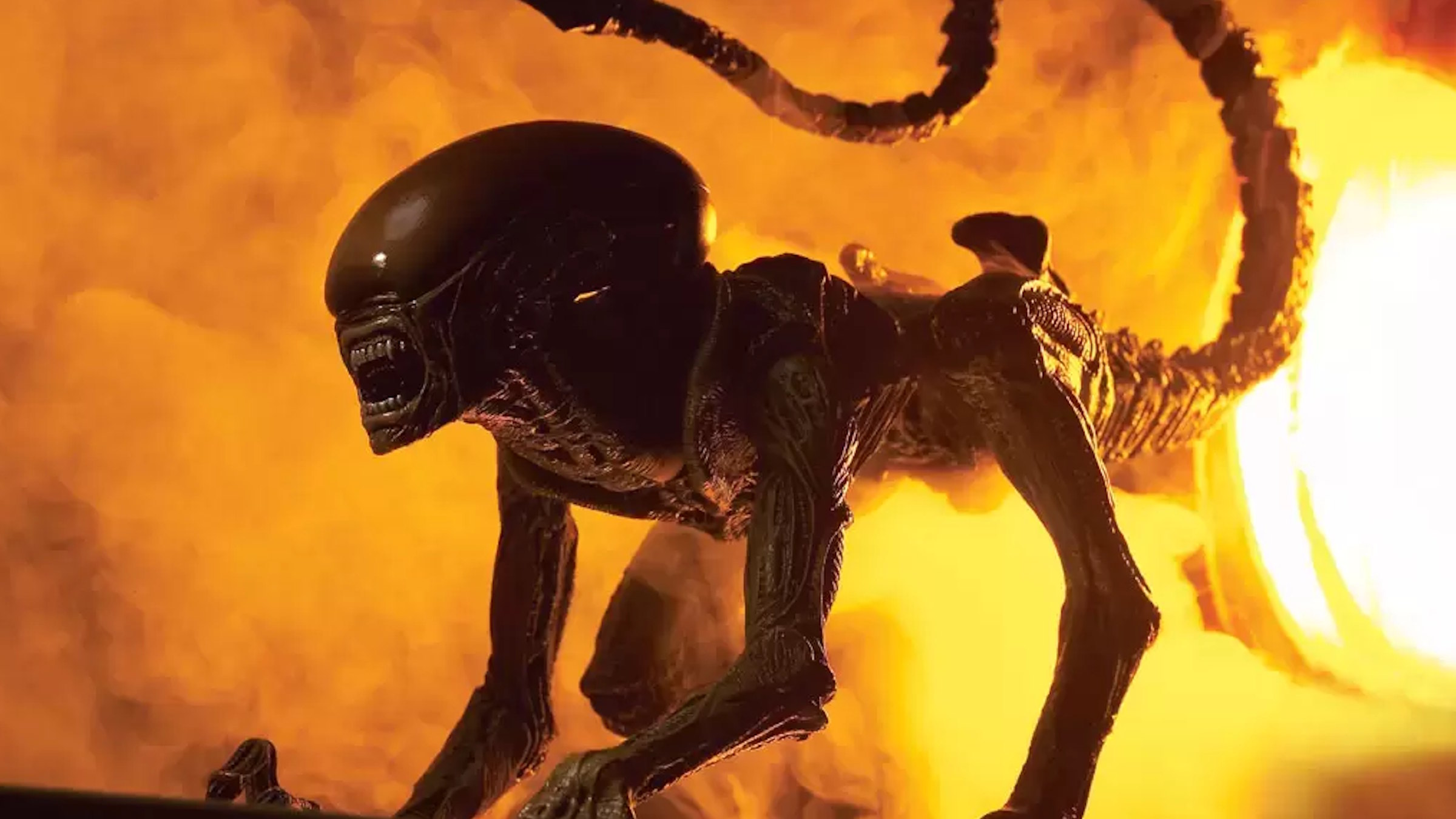
While not as crucial as other points we’ve discussed, it’s undeniably peculiar that the xenomorphs, typically two-legged creatures, have now evolved to have four legs. Throughout the franchise, these aliens often inherit physical traits from their host species. Since most of the aliens we encounter have developed within human hosts, they walk upright like humans. However, when a xenomorph is gestated in a four-legged animal, as seen in the underappreciated ‘Alien 3’, it adopts the quadrupedal stance of its host species.
In the movie “Alien: Earth“, the creature known as the xenomorph is suggested to have emerged from one of the human crew members on the ship carrying it. However, this being behaves quite differently from what we’ve come to expect from xenomorphs; instead of moving bipedally like a humanoid, it scampers around on all fours, much like a dog or cat. This could be a stylistic decision, but it appears to go against the established facts about xenomorphs in previous lore.
Read More
- FC 26 reveals free preview mode and 10 classic squads
- Hazbin Hotel season 3 release date speculation and latest news
- Dancing With The Stars Fans Want Terri Irwin To Compete, And Robert Irwin Shared His Honest Take
- Where Winds Meet: Best Weapon Combinations
- Red Dead Redemption Remaster Error Prevents Xbox Players from Free Upgrade
- Is There a Smiling Friends Season 3 Episode 9 Release Date or Part 2?
- Walking Towards State Estimation: A New Boundary Condition Approach
- Meet the cast of Mighty Nein: Every Critical Role character explained
- Where Winds Meet: How To Defeat Shadow Puppeteer (Boss Guide)
- TikToker Madeleine White Marries Andrew Fedyk: See Her Wedding Dress
2025-08-15 04:12